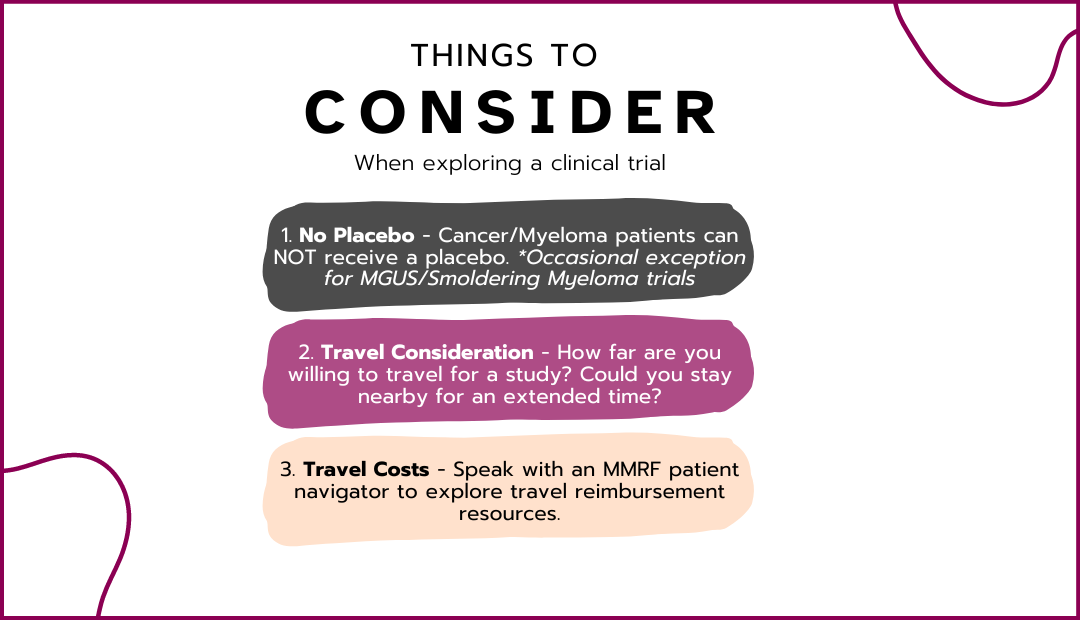High Dose Ascorbic Acid (HDAA) in Patients With Plasma Cell Disorders
Summary
Trial Summary
The purpose of this research is to evaluate whether HDAA in combination with a single dose of 100 mg/m2 IV melphalan followed by autologous stem cell transplantation (ASCT) is safe and effective for subjects with relapsed refractory multiple myeloma. The proposed melphalan dose is 50% of the current standard myeloablative dose (200 mg/m2). Based on our preclinical data, the investigator hypothesize that the combination of reduced dose melphalan with IV HDAA will have high efficacy and tolerability Primary Objective To determine tumor response using International Myeloma Working Group (IMWG) criteria (see Appendix B). Secondary Objectives Objectives: 1. Determine the safety and tolerability of HDAA in combination with reduced dose melphalan conditioning and autologous stem cell transplantation (ASCT) in relapsed refractory multiple myeloma subjects. 2. Determine the rate of Minimal Residual Disease (MRD) negativity at time point of response assessment using 8 color flow cytometry on BM sample. Functional imaging, such as positron emission tomography (PET) scan and magnetic resonance imaging (MRI), will also be performed to assess the disease status. 3. Categorize and quantify adverse events compared to historical control. 4. Determine quality of life parameters using standardized health-related quality of life measures 5. Determine oxidative stress parameters in plasma during treatment.
The purpose of this research is to evaluate whether HDAA in combination with a single dose of 100 mg/m2 IV melphalan followed by autologous stem cell transplantation (ASCT) is safe and effective for subjects with relapsed refractory multiple myeloma. The proposed melphalan dose is 50% of the current standard myeloablative dose (200 mg/m2). Based on our preclinical data, the investigator hypothesize that the combination of reduced dose melphalan with IV HDAA will have high efficacy and tolerability Primary Objective To determine tumor response using International Myeloma Working Group (IMWG) criteria (see Appendix B). Secondary Objectives Objectives: 1. Determine the safety and tolerability of HDAA in combination with reduced dose melphalan conditioning and autologous stem cell transplantation (ASCT) in relapsed refractory multiple myeloma subjects. 2. Determine the rate of Minimal Residual Disease (MRD) negativity at time point of response assessment using 8 color flow cytometry on BM sample. Functional imaging, such as positron emission tomography (PET) scan and magnetic resonance imaging (MRI), will also be performed to assess the disease status. 3. Categorize and quantify adverse events compared to historical control. 4. Determine quality of life parameters using standardized health-related quality of life measures 5. Determine oxidative stress parameters in plasma during treatment.
Locations & Contact
Fill out the form and "Notify Multiple Myeloma Research Foundation" to let the Multiple Myeloma Research Foundation know you are interested in this trial.
Contacts:

